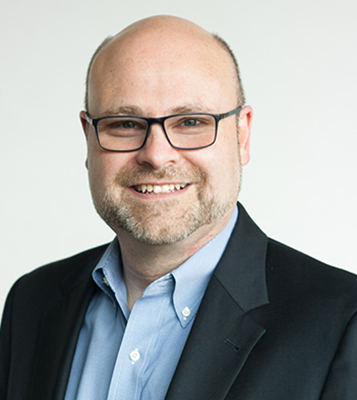More than two-thirds of skilled nursing providers “sometimes” or “often” staff shifts without enough workers, according to a new survey by recruitment and hiring management firm OnShift.
The first Workforce 360 survey queried 1,500 long-term care, senior living and other healthcare professionals to paint a picture of the top workforce challenges facing the industry today.
Among all types of organizations, 72% called employee turnover the top staffing challenge.
Meanwhile, 54% of skilled nursing providers say they rarely or never turn to agency or temporary staff to deal with shortages. Instead, 85% told OnShift they incur overtime costs, while 69% said they often or sometimes had understaffed shifts. Half of skilled nursing providers said they also sometimes or often started employees before they were fully trained.

“The fact that respondents cite that they work shifts without enough staff does not mean that their regulatory requirements are at risk,” OnShift President and COO Ray Desrochers told McKnight’s, noting that many companies have minimum staffing policies that exceed regulations. “However, as the labor market continues to tighten and competition for staff, in particular hourly workers, intensifies, it is imperative that providers improve their workforce strategies so they can successfully address the needs of the growing aging population. This is why we believe that having technology systems in place to identify, hire, onboard, train and retain the best talent possible is absolutely critical.”
Another major challenge cited by providers: Attracting job candidates in a pool that is increasingly drawn to well-paying and more flexible hospitality and the gig economy of the healthcare industry. Some 66% of respondents in the overall survey said they are competing with those industries for talent. In skilled nursing, just over 40% reported increasing competition there. SNFs’ main competitors remain other senior care organizations and hospitals and health systems.
OnShift said many providers are placing an increased focus on employee perks and programs in order to remain competitive.

“Based on our survey, the majority of respondents recognize the struggles their caregivers and hourly employees face, particularly when it comes to work-life balance and financial stress,” Desrochers said. “What’s encouraging is that a large portion of providers indicate that they offer or plan to offer programs that will help to relieve these struggles. This includes implementing more flexible schedules and providing additional benefits like rewards and recognition programs, tuition assistance and early access to earned wages that can meaningfully impact caregivers’ lives.”
More frequent turnover leads to an increase in employee burnout (70%), increased costs (47%), and a decrease in continuity of care (68%) and resident satisfaction (44%), the survey found.
While providers are working to put the right programs and technologies in place to improve the lives of their employees, the majority of respondents believe the challenges of retaining employees (63%), finding qualified employees (73%) and managing labor costs (69%) will remain the same or worsen.
“Engaged employees are critical to the success of any senior care organization, and its ability to deliver the high-quality care and service that residents expect and deserve,” Desrochers said. “To remain competitive, executives must prioritize strategies and technologies that positively impact the lives of their staff.”




